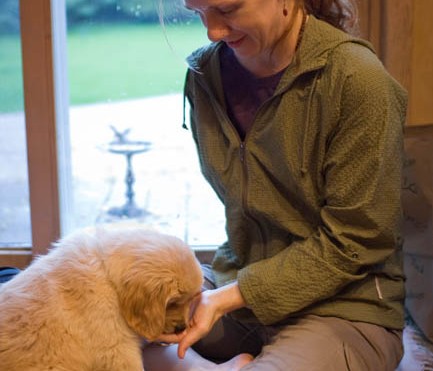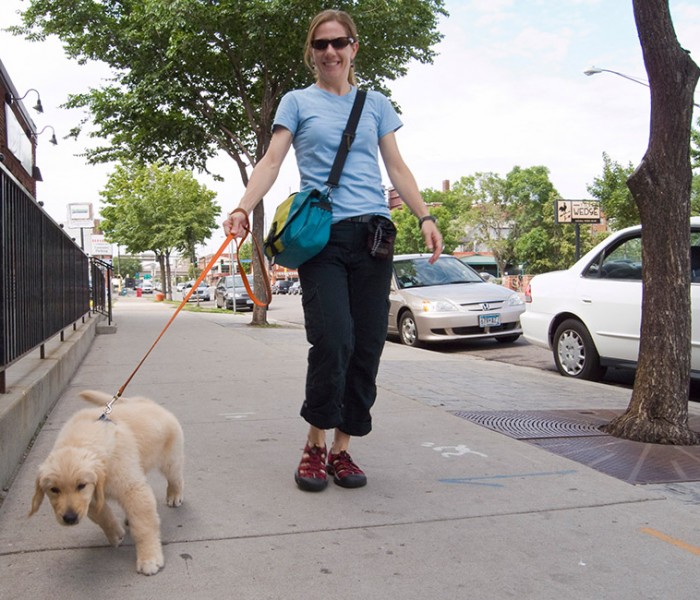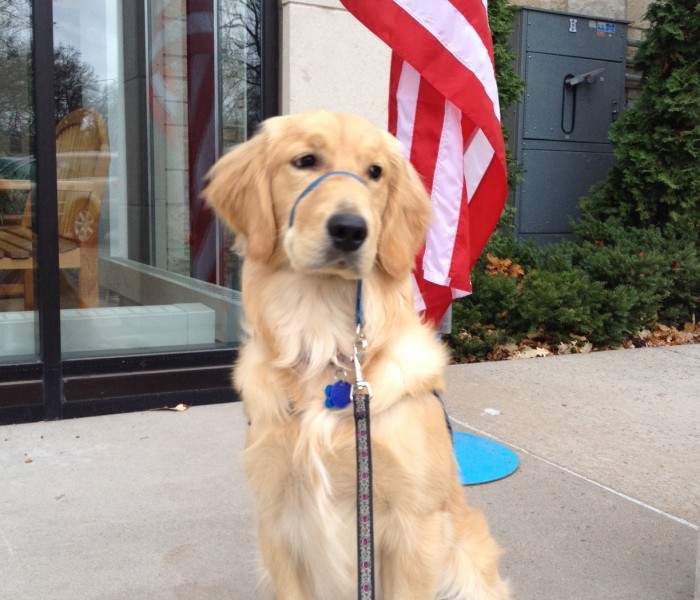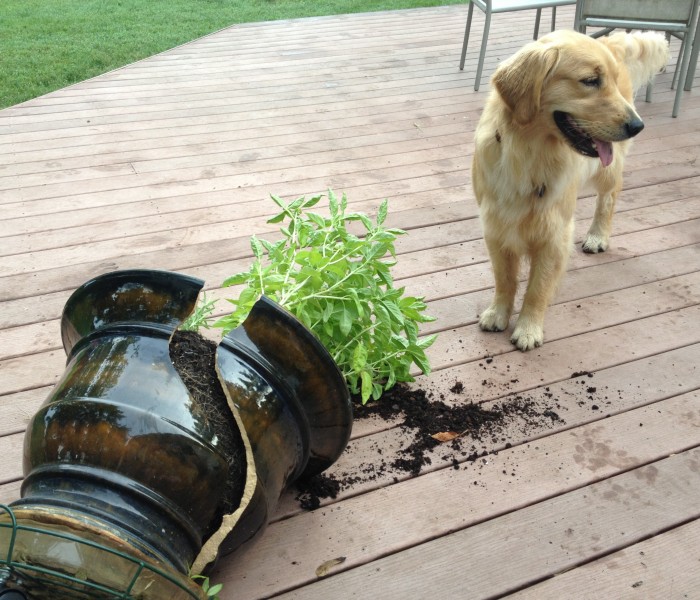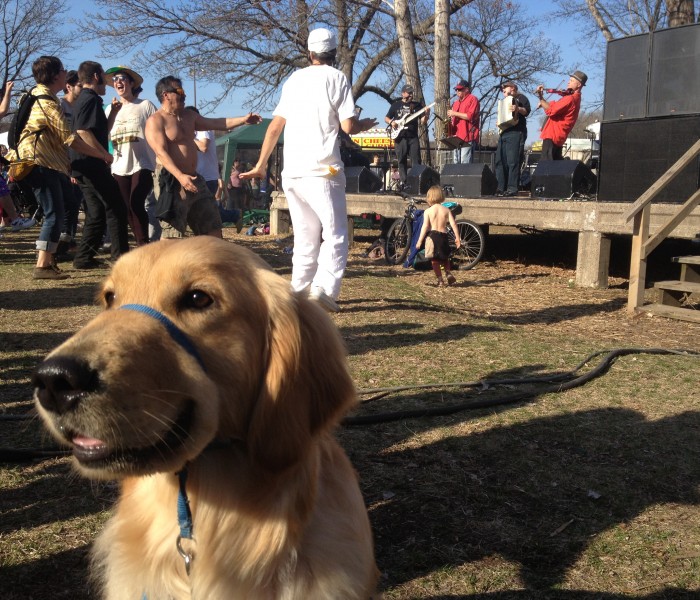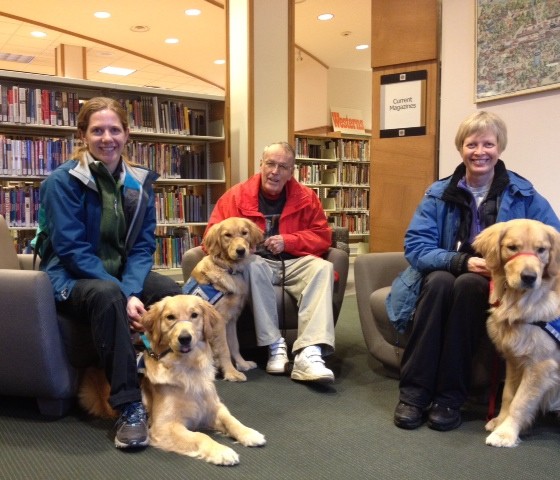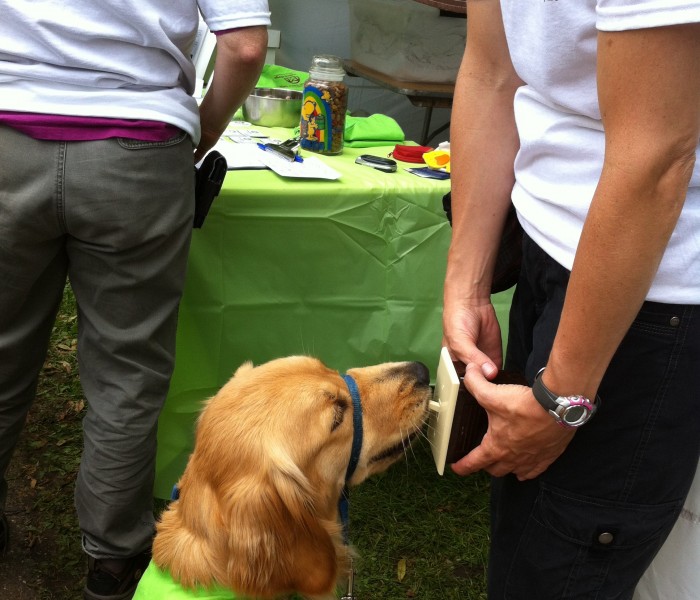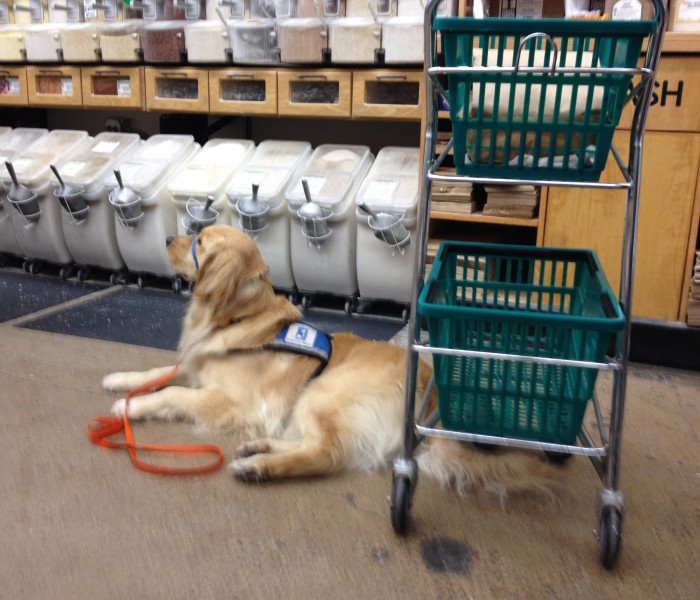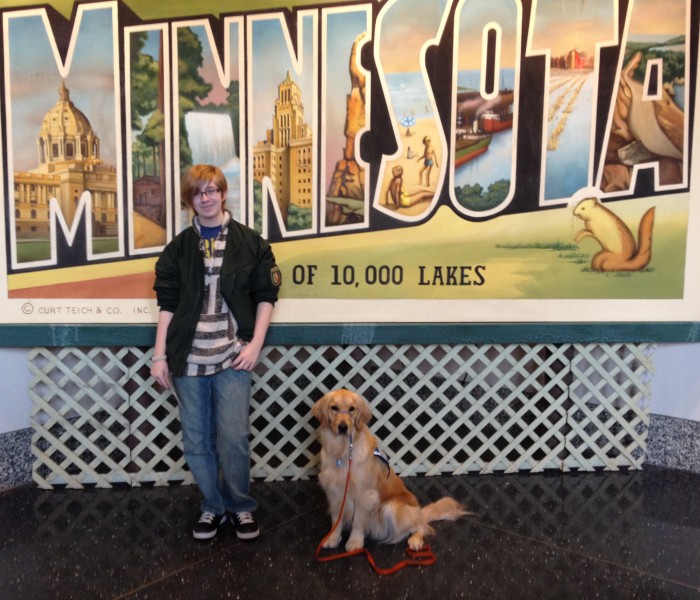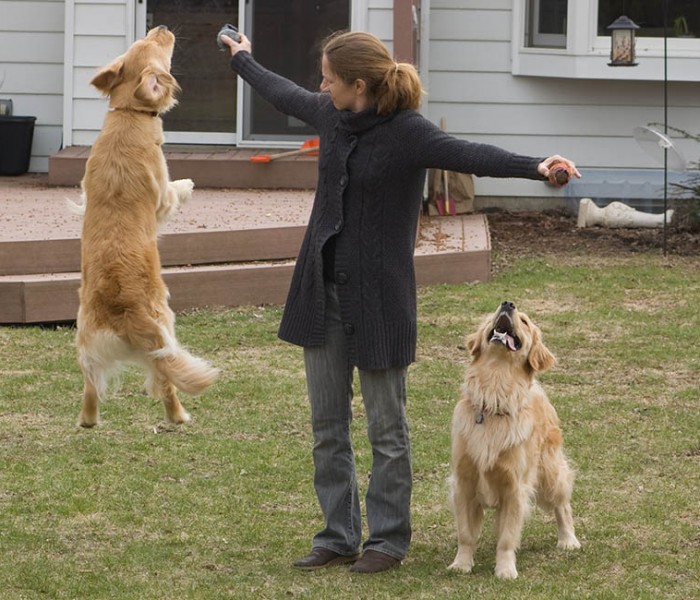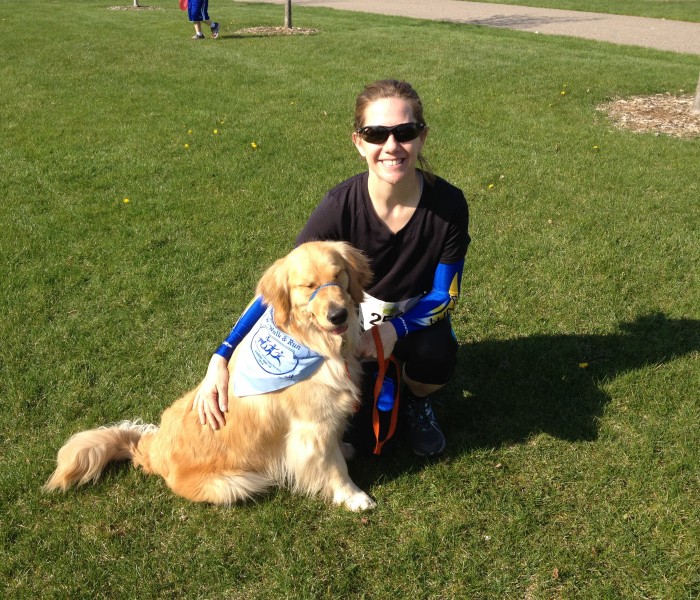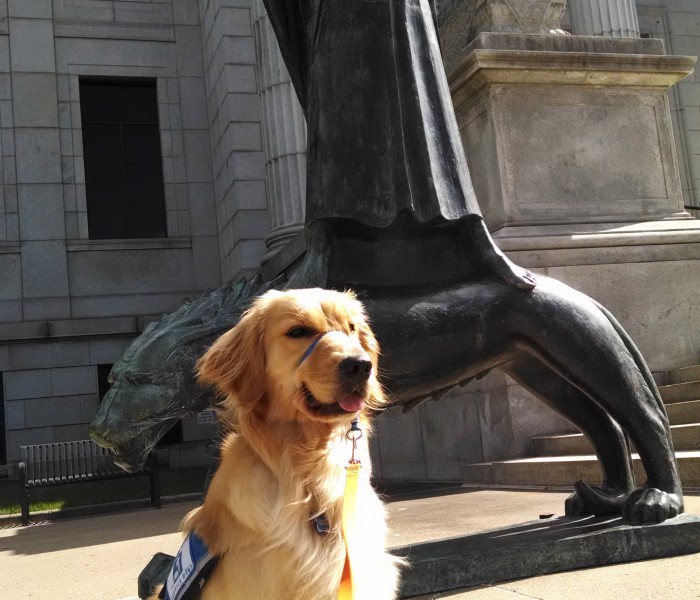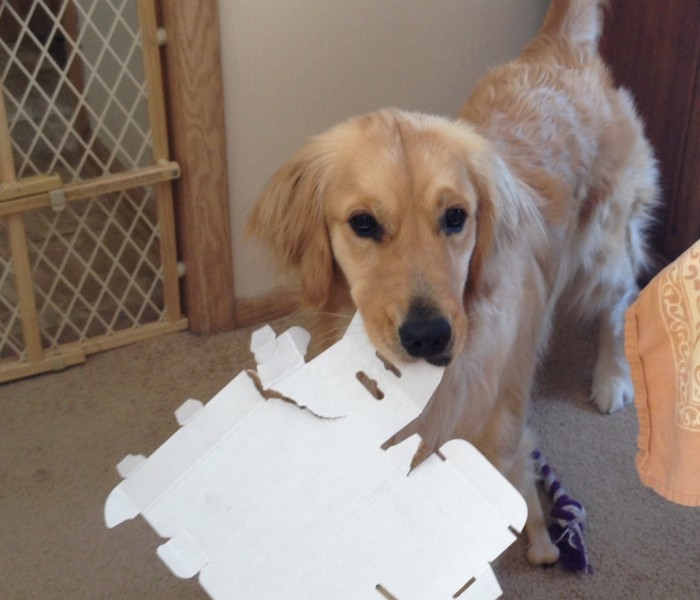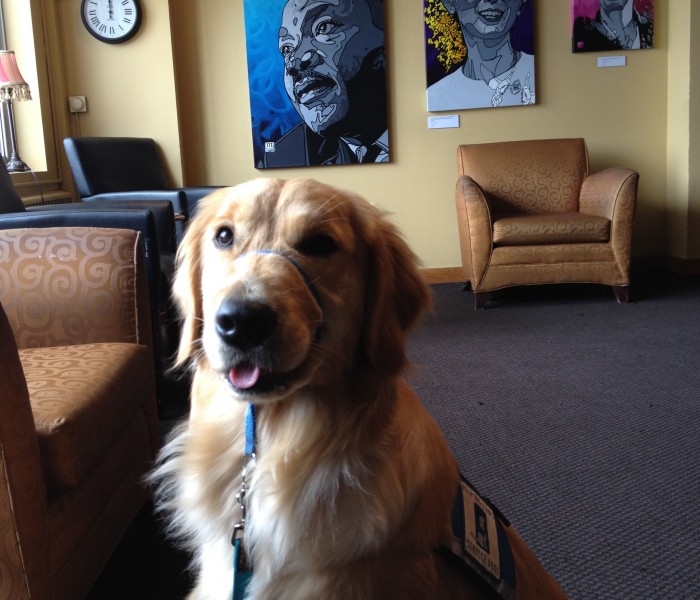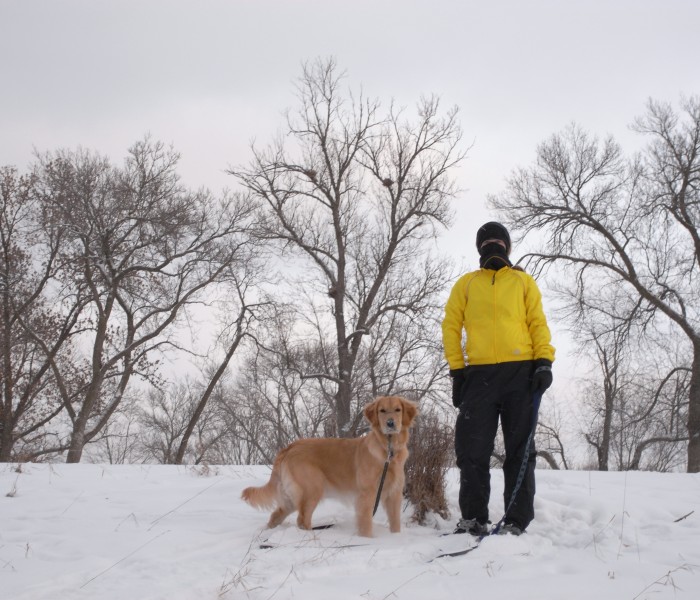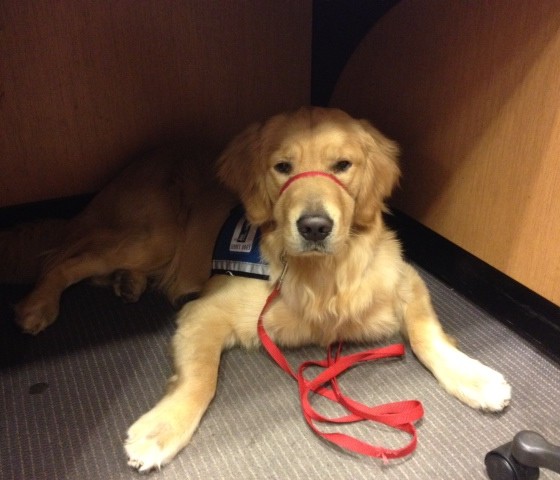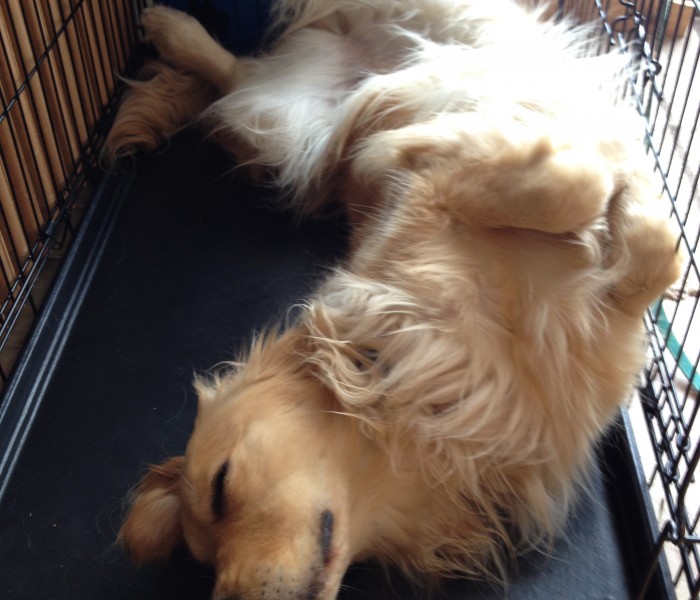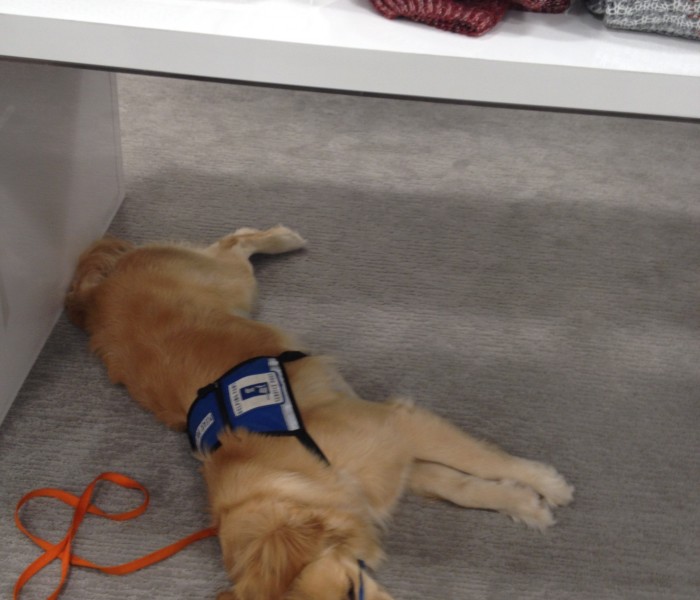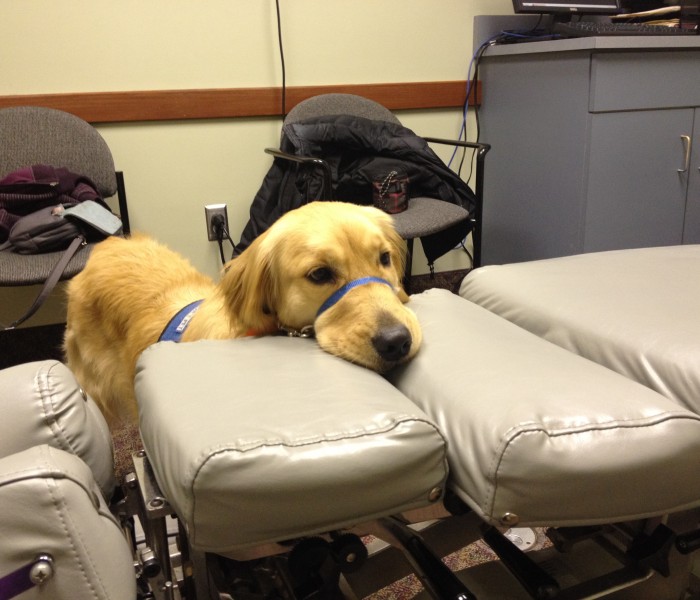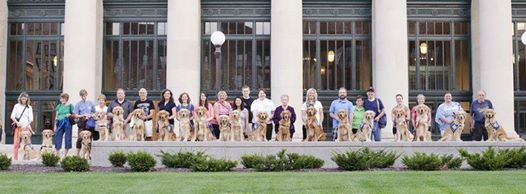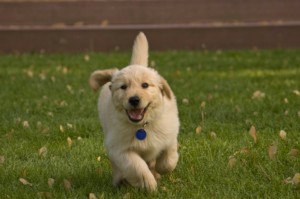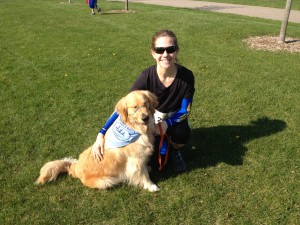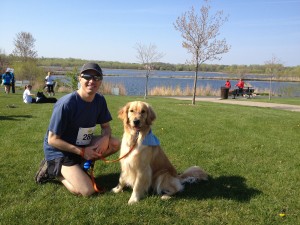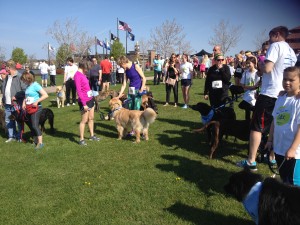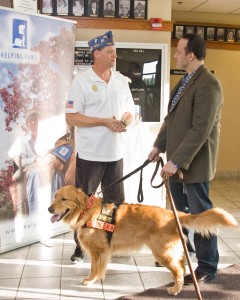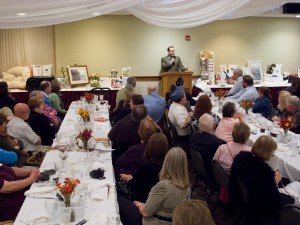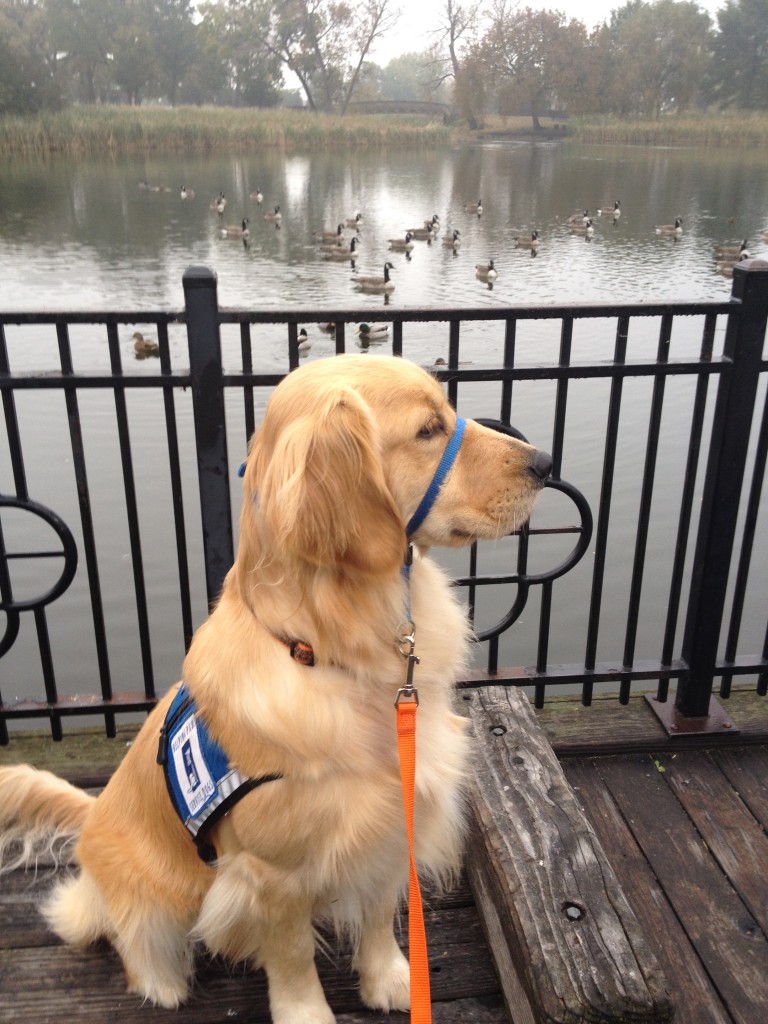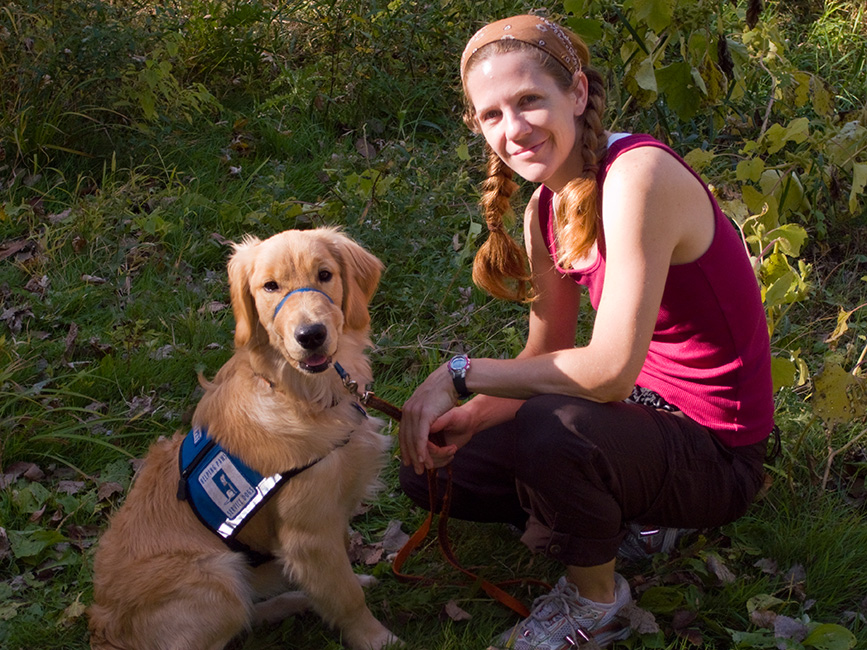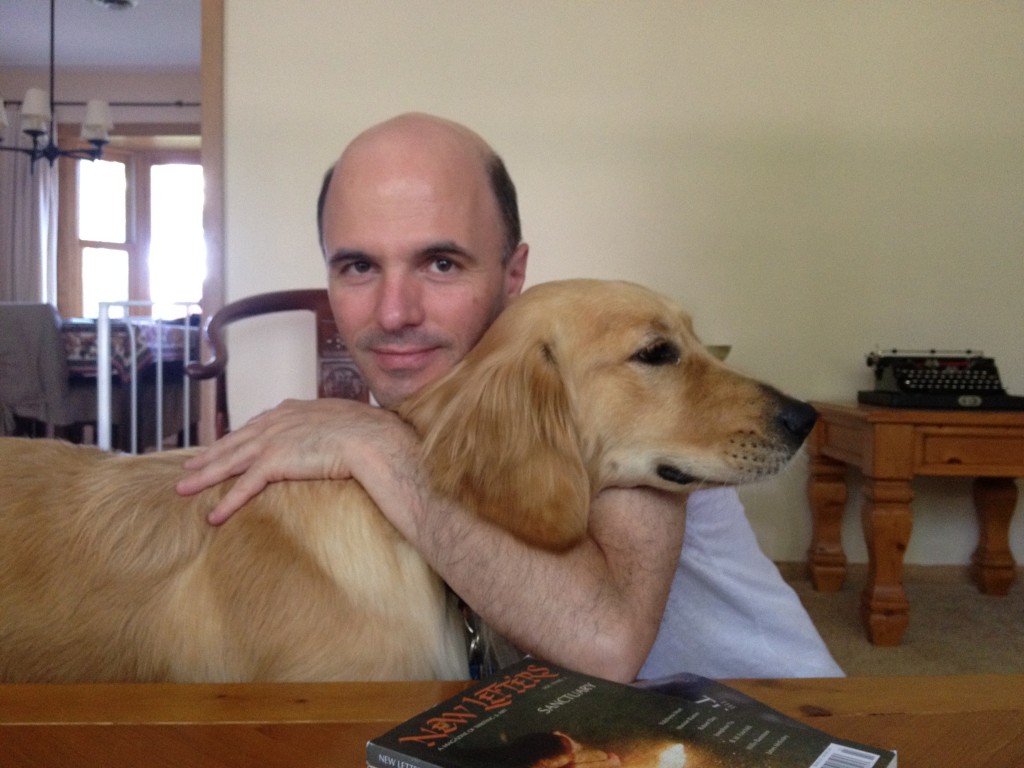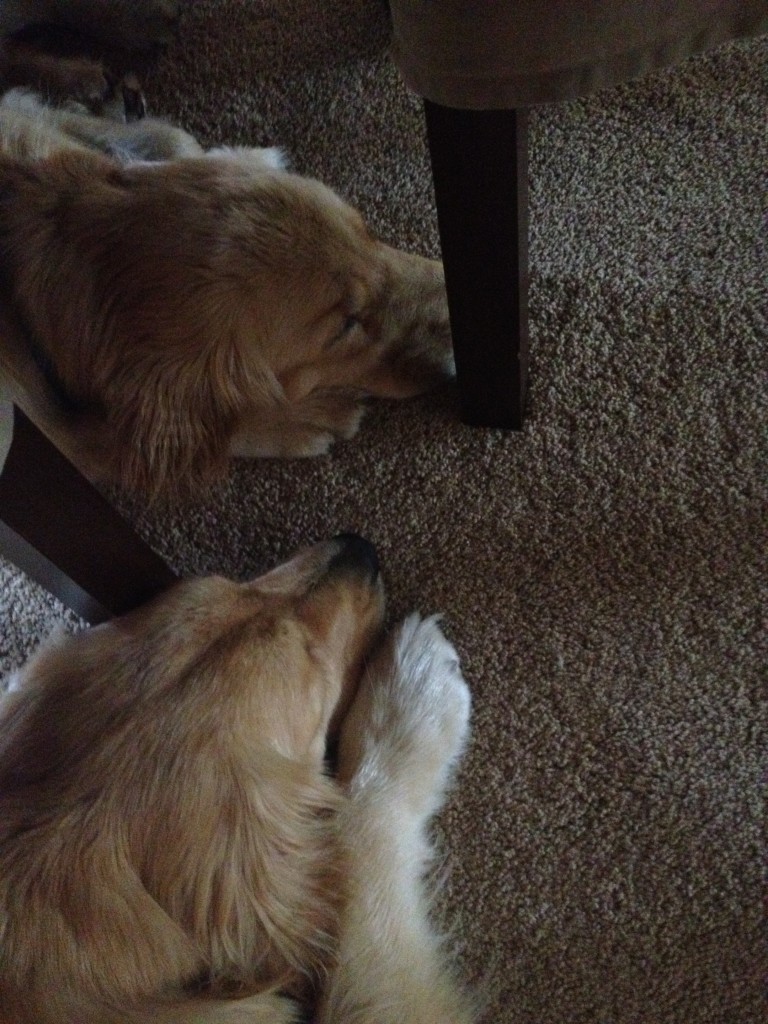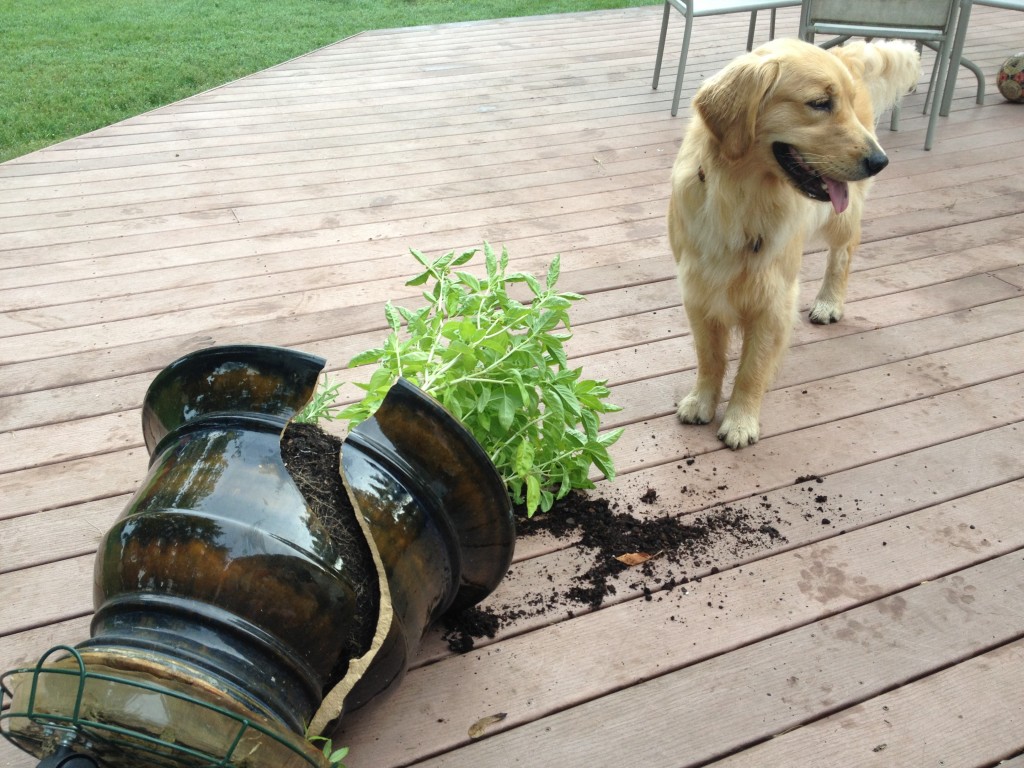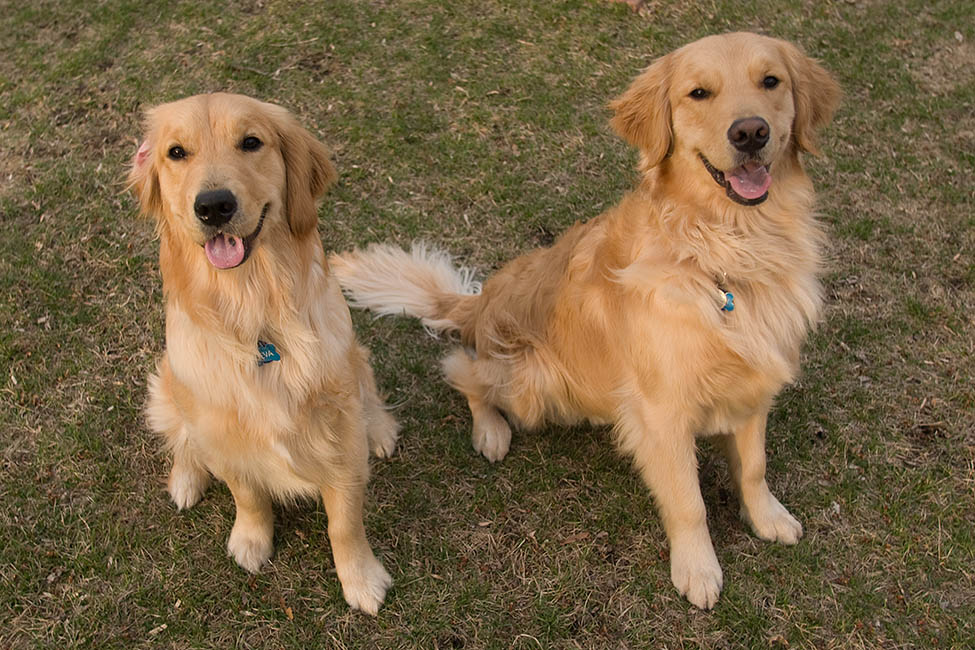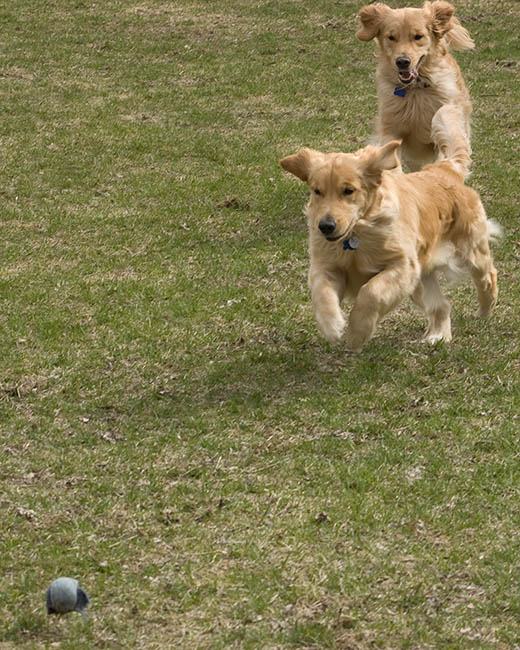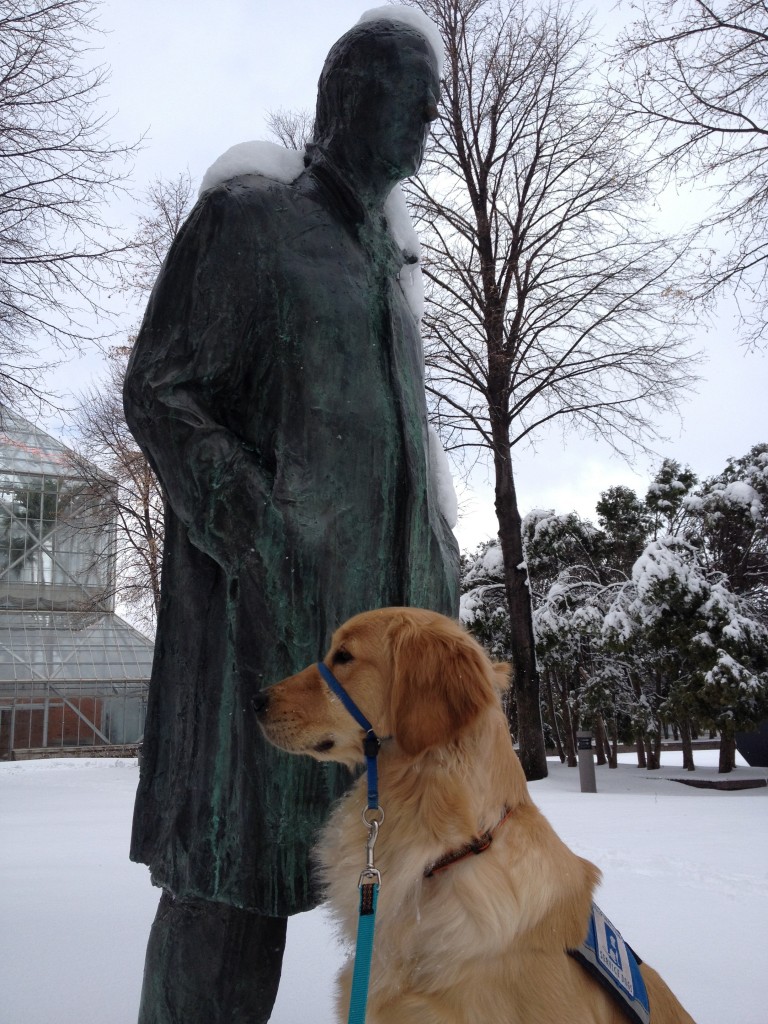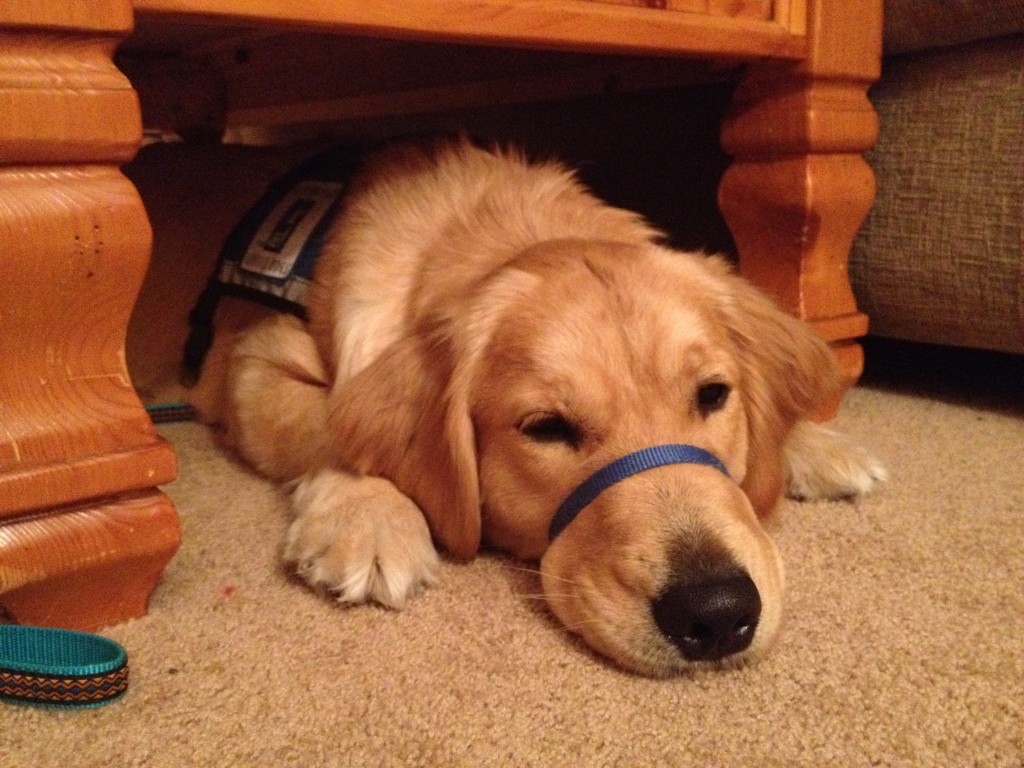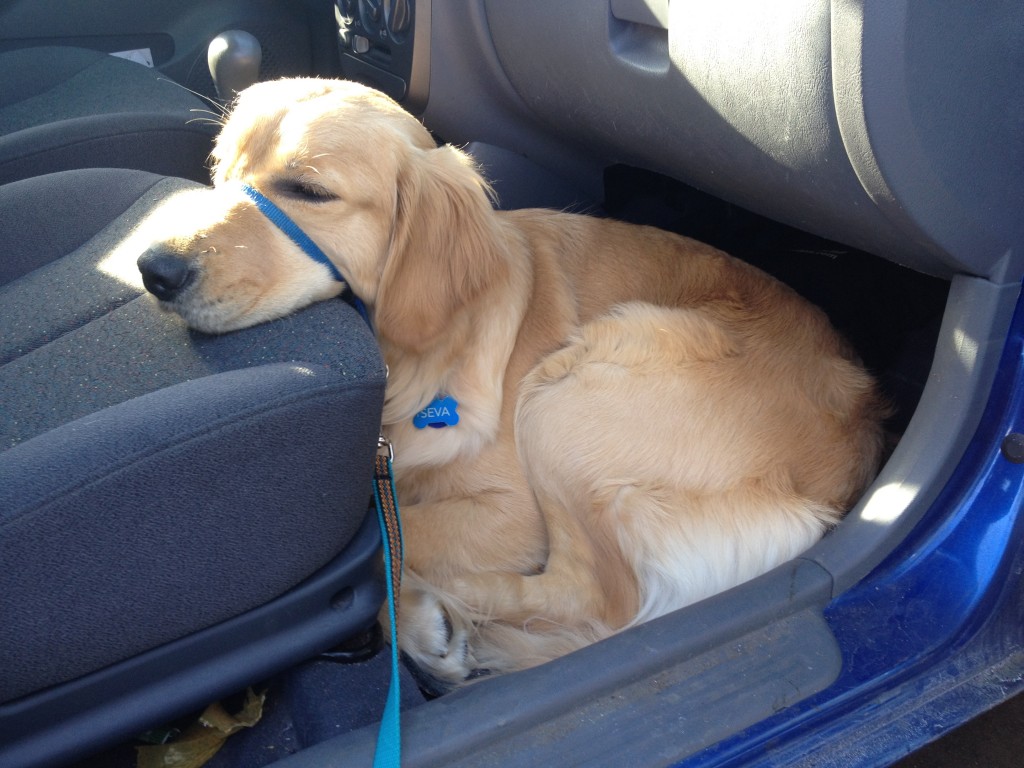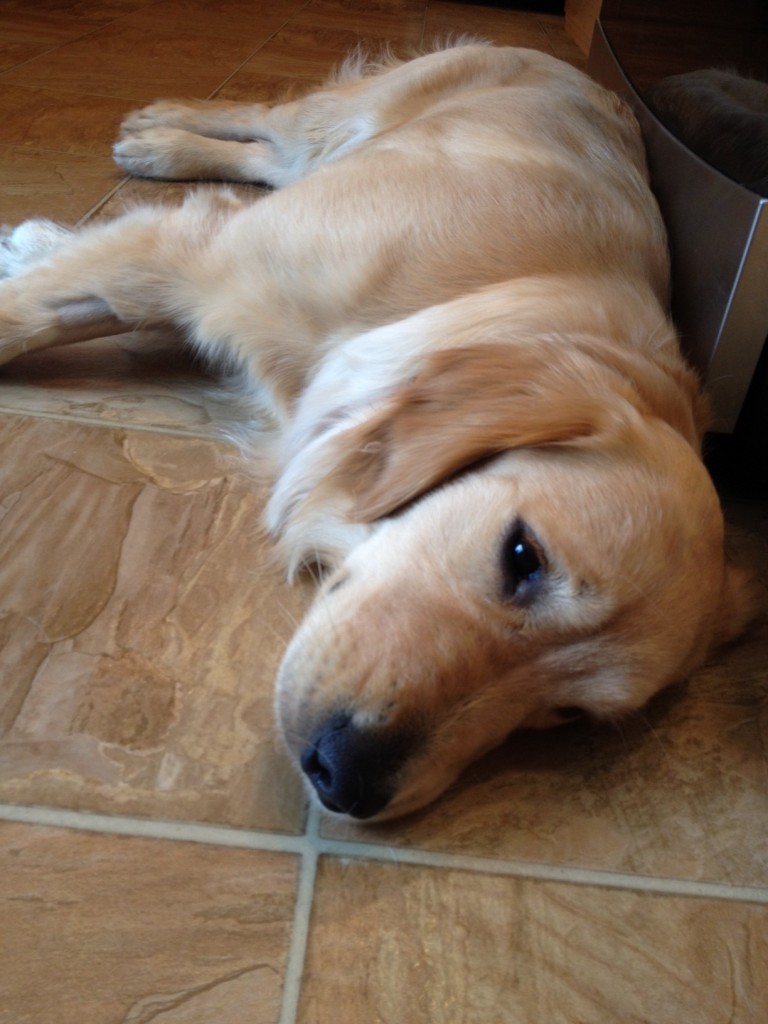Note: If you haven’t already, read part 1 of this post here.
Taking Seva to training classes at Helping Paws each week has been a big part of my life for over 2 years. Besides classes at the training center, we train in public several times a week. While it would be an exaggeration to say Seva has been my constant companion, I do work from home and take her places, so we see a lot of each other.
A few weeks ago, Seva spent the weekend with S., a woman in need of a successor dog who used to be a vet tech.
I spent the weekend convinced S. was falling in love with Seva. How could she not?
I’ve gone on vacation and left Seva with other Helping Paws families. It’s a nice break, like when the kids have a sleepover and you get to go out or stay in, grown-up style. This weekend was different.
I must have told myself 50 times that S. would say “yes” to Seva, and I would soon be saying “good bye” to her.
Waiting for life-changing news is never easy. (Sure, on the spectrum of life-changing news, learning whether or not I’ll get to keep a dog is relatively low, not like getting test results from a doctor. I do have perspective, but this is a blog about the Wonder Dog so bear with me.) The thing is, most news you wait for is one of two things: good or bad. Whichever way Seva’s weekend with S. went, I would be torn.
I want her. I’ll miss her. I would never stand in her way. I love her. I don’t need her. She should be with someone who needs her. S. will love her as much as I do. What if Seva misses me? I might never see her again.
And around and around I went.
When I picked up Seva from Helping Paws, I let her out of a crate and she leapt on me, all tongue and paws and uncontained joy. She’s a kisser. Always has been. The moment she was first placed in my arms, I looked down and she lifted her chin and licked my face. She was barely 8 weeks old.
Turns out, S. didn’t love her.
Seva had done well during the pre-matching, but didn’t want to retrieve for S. at her house. And she was a little bit naughty. Seva found some duct tape serving a purpose she couldn’t see, so she gnawed at it till she got a corner lifted and pulled it off.
She does have a naughty streak. Her new thing is to bound over while I’m working at my desk and stare me down. If I tell her to go away, she runs off and finds something to shred, like a piece of mail. My next move is to leash her to furniture. Hers is to whine. It’s a dreadful, high-pitched sound. My final move is to capitulate. We take a walk.
Besides not retrieving, some barking, and tearing of duct tape, S. reported that Seva’s allergies are bad.
Bad as in pull-her-from-the-program bad.
I heard this from one of the trainers when I picked up Seva, so it was almost official, but not quite. E. has the final say. I went to the following Big Dog class as though everything was normal, except it wasn’t.
We went to Centennial Lakes in Edina. As I walked Seva around the lake, I started thinking, this is it. Toward the end of class, I had Seva in a Drop-Stay on the sidewalk and E. came over to talk.
E. told me they couldn’t place Seva due to her allergies, and I almost cried. I admit, that’s kind of weird. I knew it was coming and had been thinking about it for 2 days. Still, when you hear it from E., it’s final. It felt like the closing of a door.
All those great reasons I had for getting into the program, all the effort put into training this dog, the classes and field trips and other training teams…done.
We agreed that I’d go on the next couple of field trips as though nothing had happened, giving E. time to make an announcement to the class. We also agreed the news could go public after the Foster Family Recognition Ice Cream Social.
Last night, Seva and I made our final visit to Helping Paws as a training team. I received a certificate for the work we’ve done, and E. announced that Seva is having a career change.
That’s what it’s called, a career change. I’ve heard that only about 60% of dogs graduate. Problems with the training, personality, health, even odd quirks like a phobia of stairs can prevent a dog from graduating. Seva actually had 3 strikes against her: her hip sockets are only “fair,” she’s an indiscriminate eater, and she has allergies. The hip sockets concern is minor compared to the others. She is getting better about eating everything in sight, and I don’t expect this to be a problem for long. It’s the allergies that determined her fate–and mine.
Seva is now my dog.
What’s more, we’re going to be a demo team for Helping Paws. That means she keeps the blue pack and we will answer calls to show the world what a service dog can do for a person. In a year or two, when she’s mellowed even more, I’ll probably look into a therapy dog program as well.
I’M SO GRATEFUL TO E. AND S. FOR GIVING IT A GO.
IT MEANS THAT SEVA’S DESTINY WAS OUT OF MY HANDS.
AND NOW HER FUTURE IS IN THEM.


